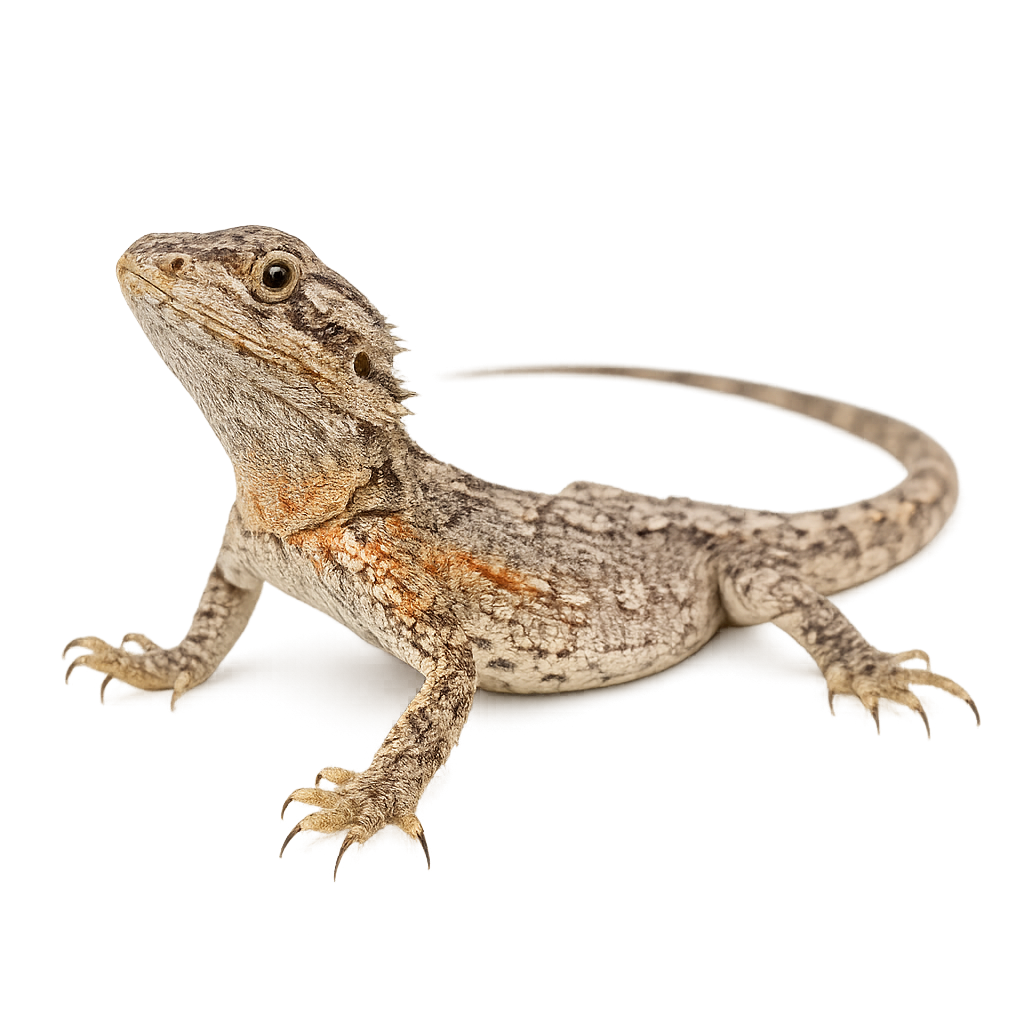Your wildlife photography guide.
Explore the western bearded dragon in detail, study its behavior, prepare your shots.
Where to observe and photograph the western bearded dragon in the wild
Learn where and when to spot the western bearded dragon in the wild, how to identify the species based on distinctive features, and what natural environments it inhabits. The WildlifePhotographer app offers tailored photography tips that reflect the western bearded dragon’s behavior, helping you capture better wildlife images. Explore the full species profile for key information including description, habitat, active periods, and approach techniques.
Western Bearded Dragon
Scientific name: Pogona minor

IUCN Status: Least Concern
Family: AGAMIDAE
Group: Reptiles
Sensitivity to human approach: Suspicious
Minimum approach distance: 5 m
Reproduction period: September to November
Incubation: 55–75 jours
Births: November to January
Habitat:
Deserts, savannas, rocky areas
Activity period :
Active during the day when temperatures are favorable, often seen basking in the sun.
Identification and description:
The Pogona minor, commonly known as the Western Bearded Dragon, is a lizard native to Australia. It is characterized by its modest size, typically reaching 30 to 40 cm in length, including the tail. Its coloration ranges from brown to gray, with darker patterns that allow it to blend effectively into its natural habitat. This lizard has a "beard" of spines under its chin, which it can puff out to intimidate predators or during courtship displays. It primarily inhabits arid and semi-arid regions, feeding on insects, small invertebrates, and occasionally vegetation. Although relatively tolerant of human presence, it prefers calm and undisturbed environments.
Recommended lens:
100mm – adjust based on distance, desired framing (portrait or habitat), and approach conditions.
Photography tips:
To photograph the Pogona minor, it is advisable to use a lens of 100 mm or more to capture details without getting too close, so as not to disturb it. Look for it in sunny areas where it likes to bask. Be patient and discreet, as although it is suspicious, it can get used to your presence if you remain still. Opt for early morning or late afternoon hours to benefit from soft light that will highlight its natural colors.
The WildlifePhotographer App is coming soon!
Be the first to explore the best nature spots, track rutting seasons, log your observations, and observe more wildlife.
Already 1 432 wildlife lovers subscribed worldwide

